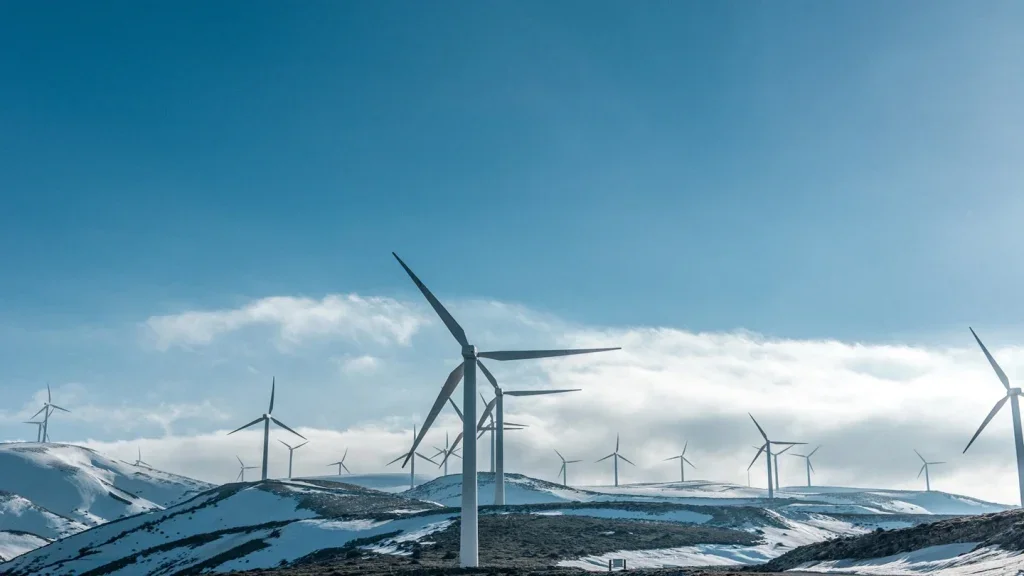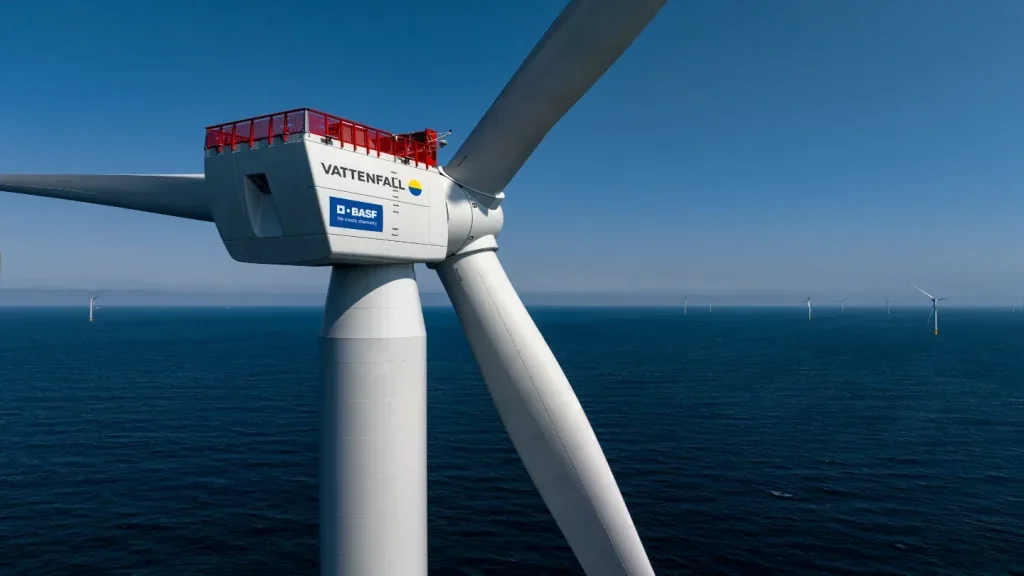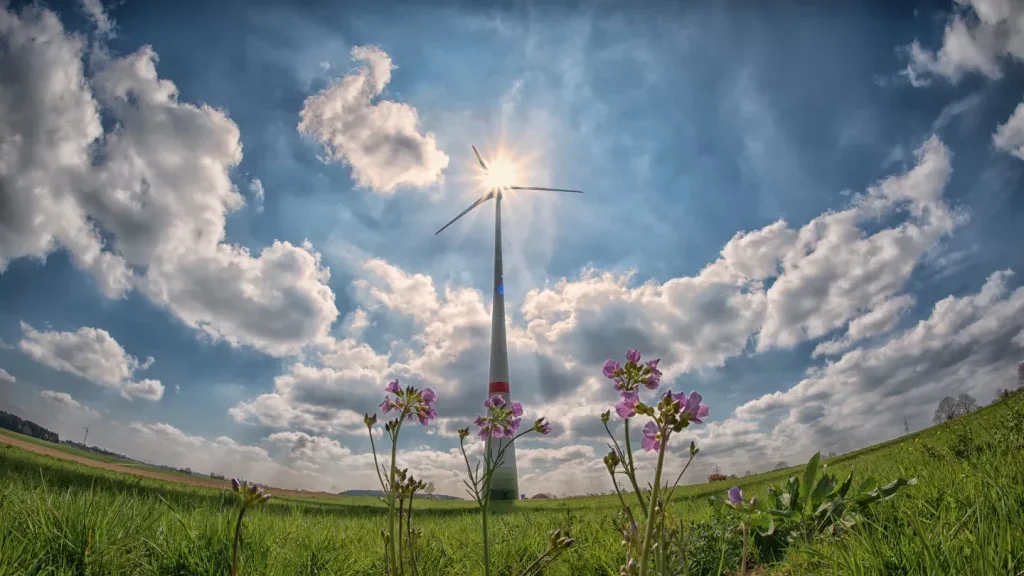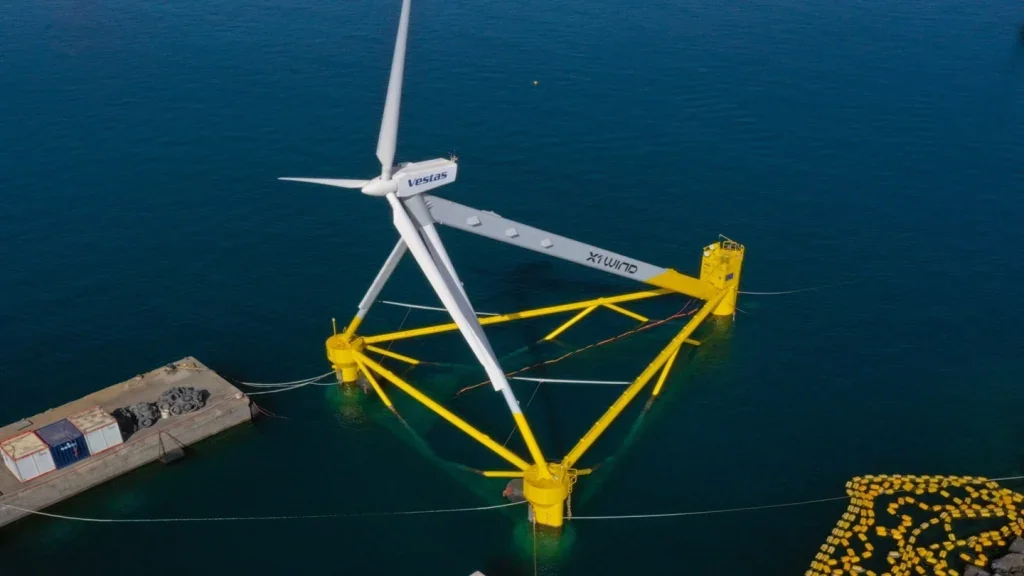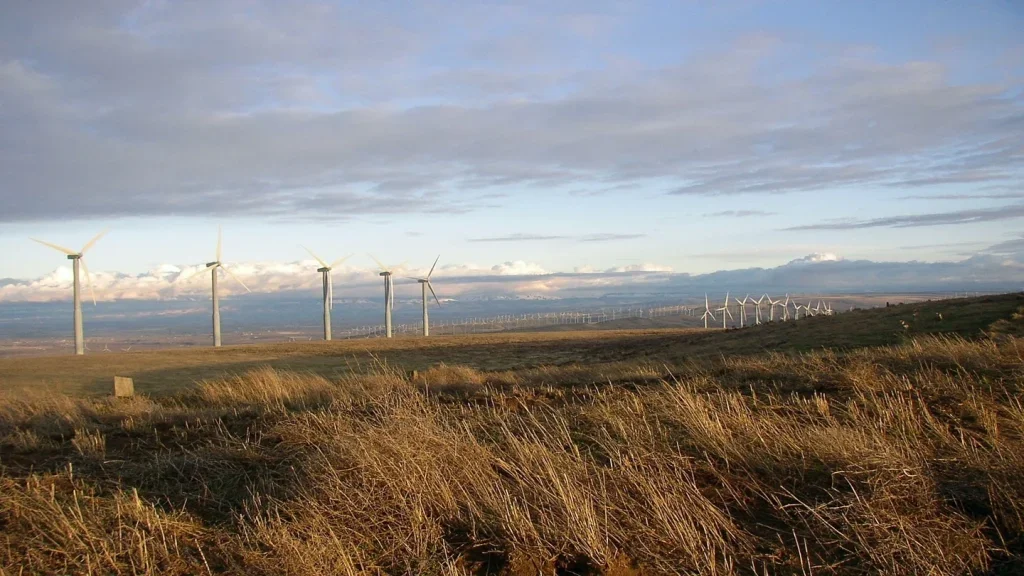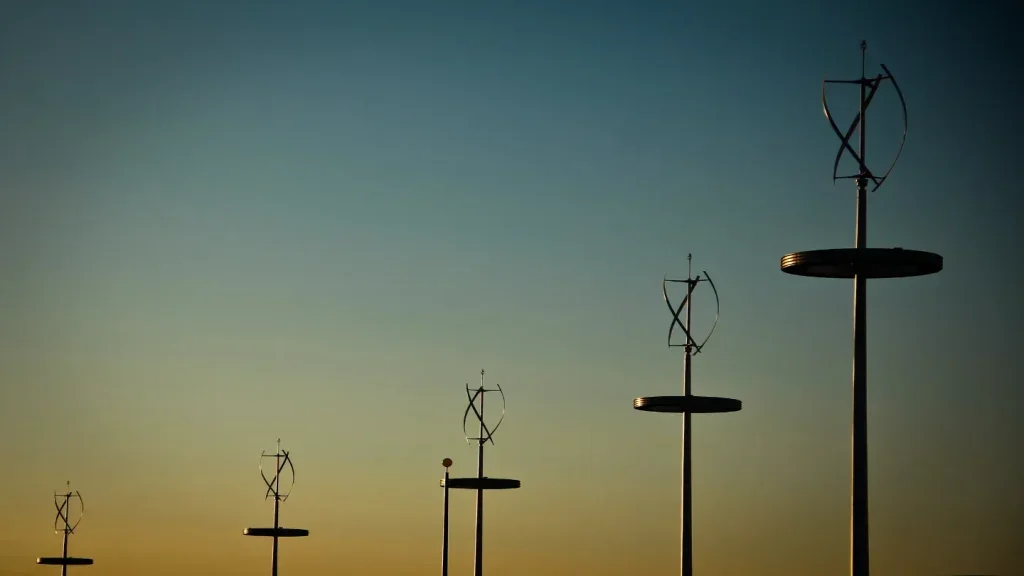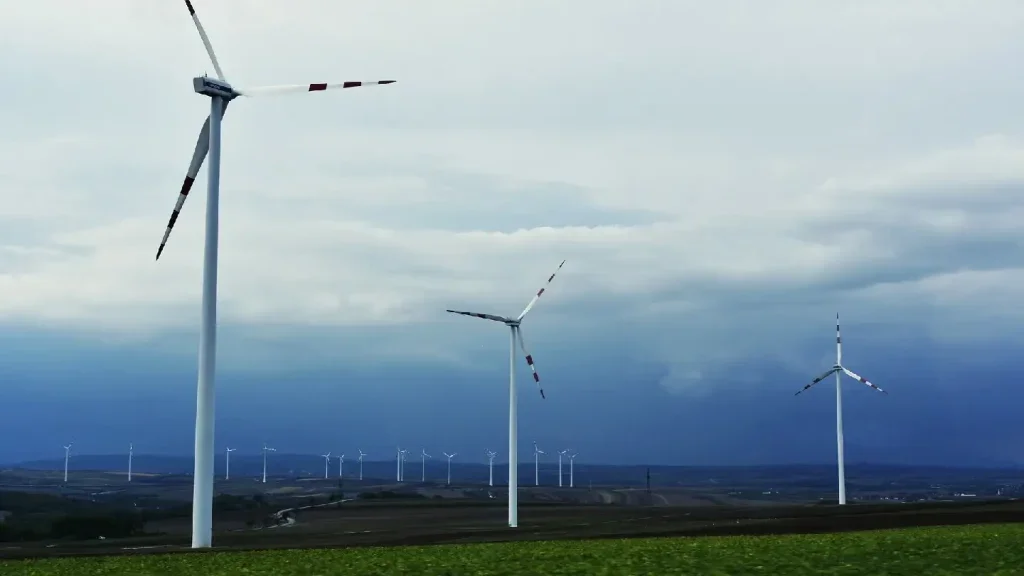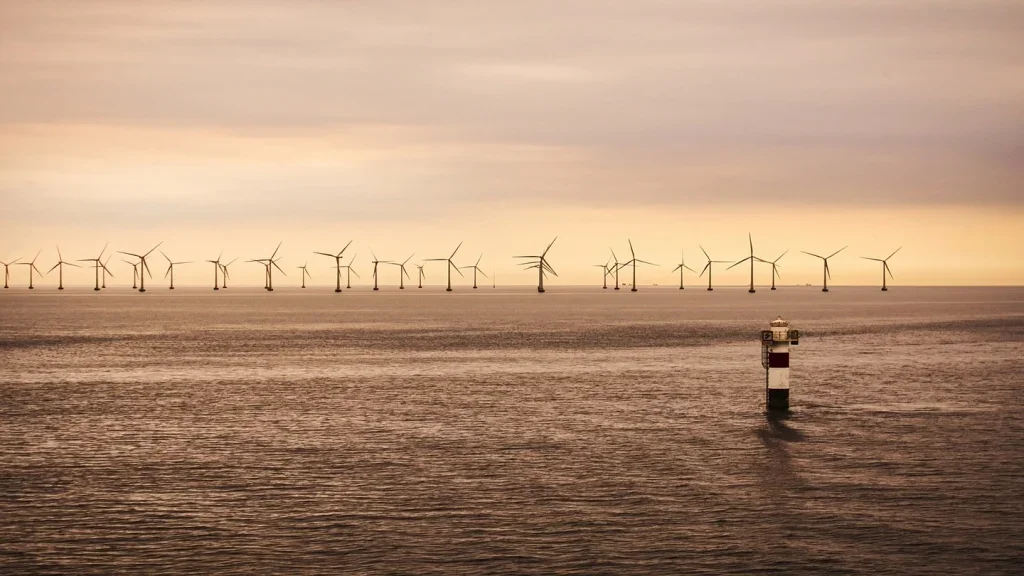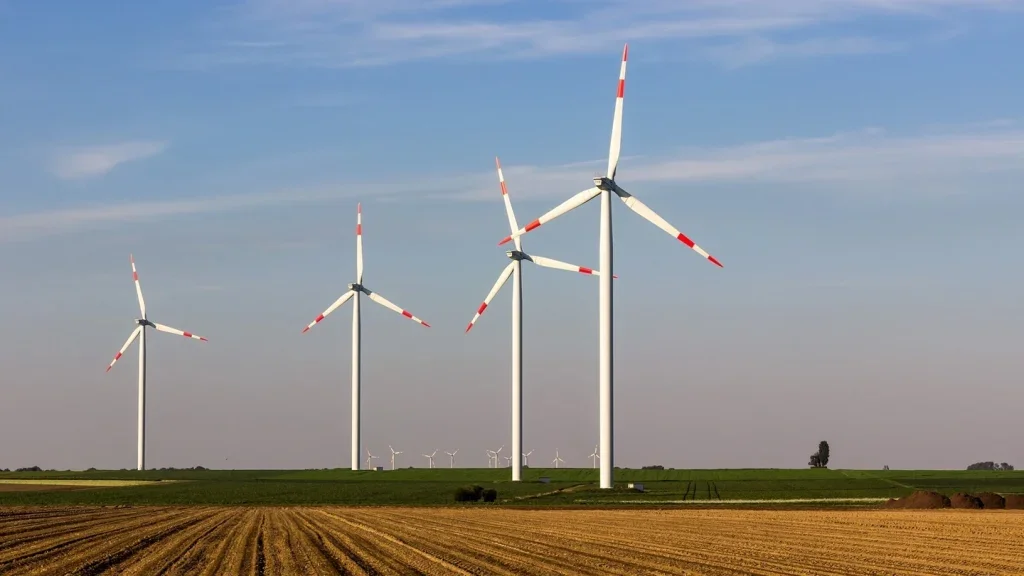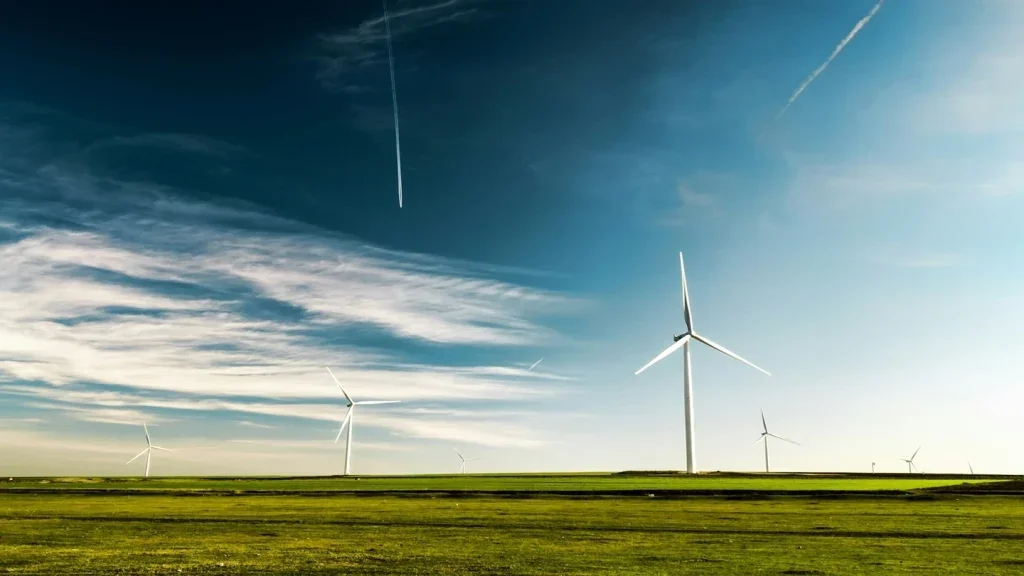All articles by Amit Thadani
The cradle of wind energy
Name: WindEurope
Location: Copenhagen, Denmark
Date: 25–27 April 2023
Web: https://windeurope.org/annual2023
Report: Preview
Barriers to success
In January 2022, a cargo ship struck a turbine foundation at the under-construction Hollandse Kust Zuid wind farm off the coast of the Netherlands, following a collision with a tanker. Fortunately, the accident didn’t lead to any fatalities, but with the North Sea becoming an increasingly popular site for wind farms, industry insiders have started looking at ways to stop similar incidents in future. Enter MARIN, a Dutch maritime research institute that has tested several barriers aimed at preventing collisions between ships and offshore turbines. Andrea Valentino speaks to Bas Buchner, president; Yvonne Koldenhof, senior project manager and team leader; and William Otto, senior project manager; at MARIN to understand the results of their tests – and how they see anti-crash technology developing in the years ahead.
The way the wind blows
The UK is a world leader in wind power, producing some 30% of global offshore wind energy, but an endless carousel of prime ministers and cabinet reshuffles has caused uncertainty around the nation’s wind energy strategy. Gary King speaks to Giles Dickson, CEO for Wind Europe, and Joseph Tetlow, senior political advisor at Green Alliance, about the future of British wind.
Pivot to the future
A Barcelona-based start-up, X1 Wind, has begun offshore construction on a self-aligning, floating wind power prototype called PivotBuoy. This platform aims to achieve significant weight reductions compared with current offerings, and swivels passively with the wind, removing the need for motorisation and expensive active orientation of traditional turbines. Mae Losasso speaks with João Neves, strategy and business development at X1 Wind, to learn more.
An onshore thing
The onshore wind industry faces a number of challenges, from global crises like inflation, the lingering effects of Covid-19, the war in Ukraine and the huge increase in raw material prices – not to mention other issues that are unique to the sector. Nicholas Kenny speaks with James Robottom, head of onshore wind at RenewableUK, and Aaron Barr, global head of onshore wind energy at Wood Mackenzie, to learn more.
Vertical takes off
A new design tool from Sandia National Laboratories could help accelerate the development of vertical axis wind turbines (VAWTs). Nicholas Kenny speaks with Brandon Ennis, offshore wind technical lead at Sandia National Laboratories, to learn about the benefits this tool can provide, how Sandia used this new technology to design a cost-effective floating VAWT system – and what it means for the future of the industry.
Power to act
As the energy crisis rumbles on, renewables are proving increasingly important as nations search for alternatives to Russian oil and gas. However, the green energy sector has also found itself to be a target for cyber criminals and, worse still, state actors. Is enough being done to protect the sector and its customers? Andrew Tunnicliffe speaks with Ana Kosareva, an energy consultant with Ørsted and former chair of WindEurope’s Cybersecurity Task Force, about the threat landscape.
Electrolyse the world
The combination of offshore wind and renewable hydrogen could prove crucial in fuelling the green revolution. But between transportation challenges and the pressures to sharpen infrastructure, getting electrolysis-made hydrogen from wind farms to consumers is far from straightforward. Andrea Valentino talks to Poul Skjaerbaek, chief innovation and product officer at Siemens Gamesa Renewable Energy, and Danielle Lane, UK country manager at Vattenfall, to learn more.
Onshore assurance
The wind power industry faces supply chain issues and rapidly rising costs due to inflation across the board, but onshore wind has been hit the hardest. Abi Millar talks to Alessandro Mancino, head of onshore sales at Siemens Gamesa, Oliver Metcalfe, head of wind research at Bloomberg NEF, and Shashi Barla, an analyst at Wood Mackenzie, about the challenges facing onshore wind and why wind energy companies are still optimistic about its future.
Power up
With many of the prime locations for wind turbines currently occupied by older models, repowering could prove vital for the future growth of the industry. Elly Earls speaks to Ivan Komusanac, electrification advisor at WindEurope, to find out what the repowering process looks like at present and why it is crucial for governments to streamline permitting procedures.

